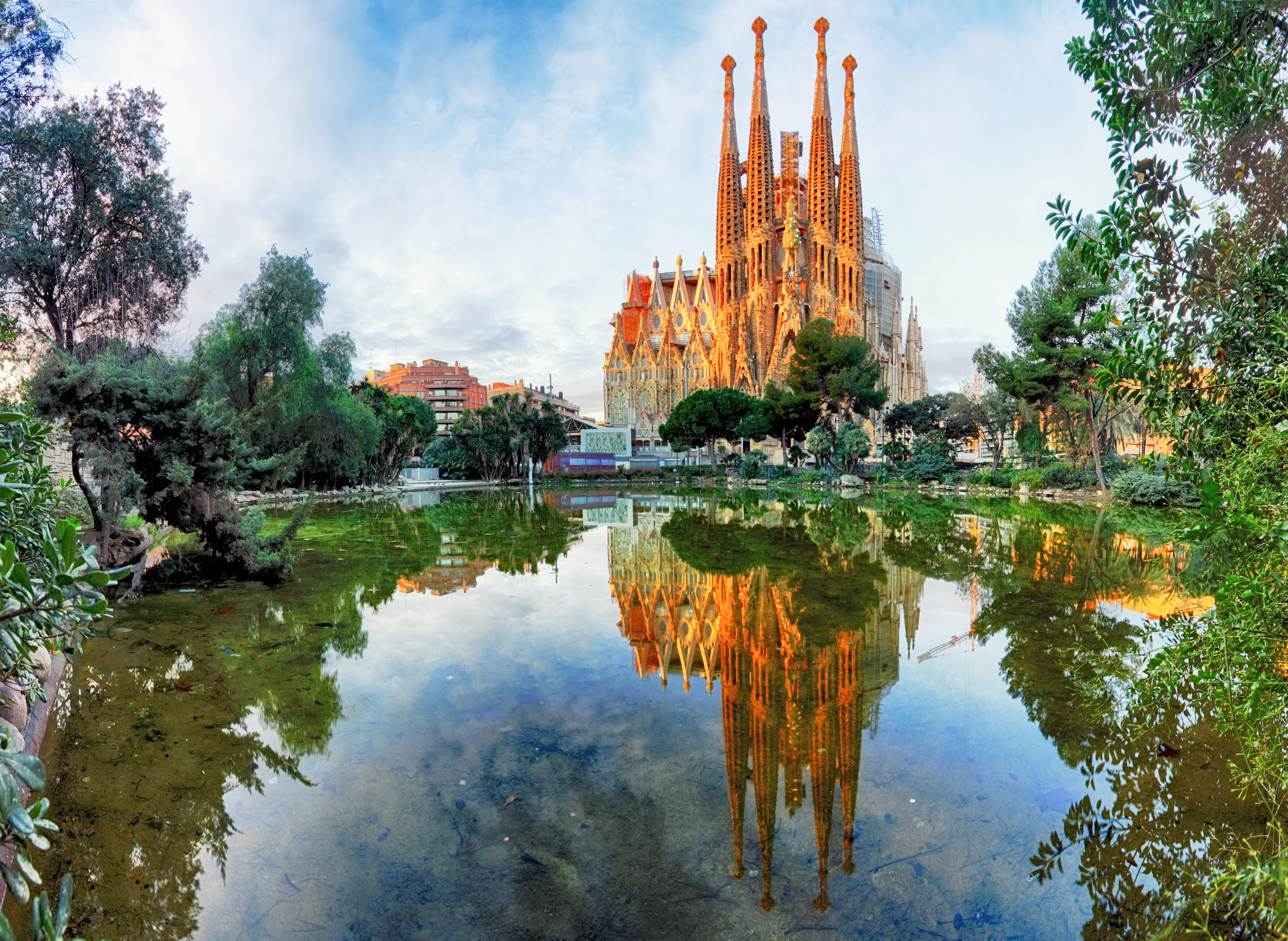Gaudí, << gow DEE, >> Antoni (1852-1926), was a major Spanish architect. He developed an extremely personal style that featured vivid colors, curved surfaces, and flowing lines and spaces. Gaudí became especially noted for his skillful use of masonry. He often used curved or warped thin masonry shells and diagonal supports that resembled flying buttresses, which were external wall supports popular in Gothic architecture.


Gaudí was born on June 25, 1852, in Reus. His full name was Antoni Gaudí i Cornet. Nearly all of Gaudí’s buildings were constructed in Barcelona. His early designs reflect the taste in the late 1800’s for color and for peasant or folk traditions. In Gaudí’s work, this resulted in the use of colorful tiles of the sort used in Moorish architecture. Gaudí’s Casa Vicens (1878-1880) began a modern revival in the use of tile in architecture. His best-known designs of the early 1900’s include two houses, the Casa Batlló (1905-1907) and the Casa Milá (1905-1910). He also planned a hillside park called the Park Güell (begun in 1900 and unfinished). Gaudí’s most famous structure is probably the unfinished church of the Sagrada Familia. He supervised the construction of the church from 1883 until his death on June 10, 1926. The church is expected to be completed in 2026.
